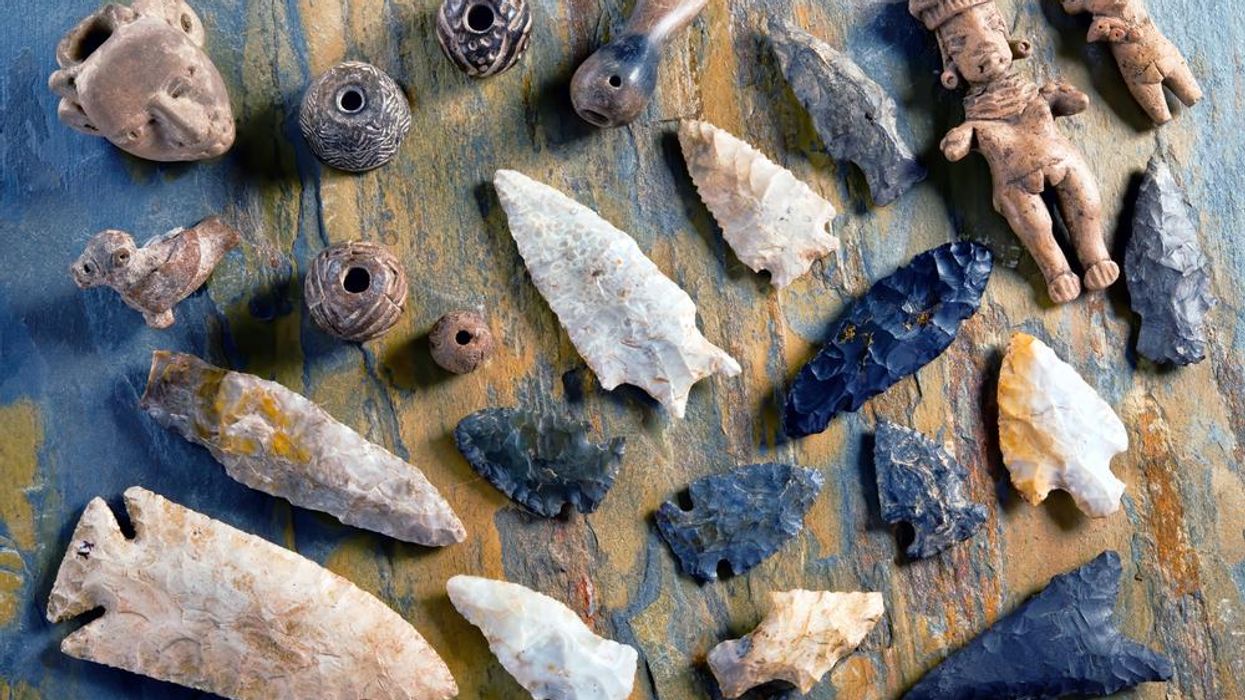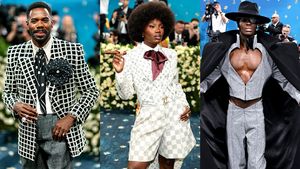GEORGIA (Clayton News Daily) — The Georgia Department of Natural Resources will soon begin returning artifacts to culturally affiliated tribes from Etowah Indian Mounds State Historic Site in Cartersville. Repatriation is mandated by the Native American Graves Protection and Repatriation Act (NAGPRA), a federal law enacted in 1990.
Changes to the museum reflect a growing cultural shift that takes emphasis off artifacts and focuses on Indigenous people who thrived and were stewards of the land. Etowah remains an important religious and cultural site to Indigenous tribes from the Southeast. Many died there more than 1,000 years ago, and Indigenous ancestors are still buried at the site. The DNR is working closely with federally recognized descendant tribal partners to ensure respectful and accurate interpretation of the Muskogean Tribal Town that their ancestors built on the banks of the Etowah River.
Between 1954 and 1973, archaeologists working for the state excavated all of Mound C, the main burial mound, and other areas throughout this sacred site. Since the early 1960s, hundreds of ancestral Muscogee properties, including artifacts and funerary belongings, have been on display in the site’s museum. While human remains were removed from display decades ago, the ancestors have yet to be repatriated and reburied and are currently housed in an archaeological curation facility.
Etowah is one of the most well-known Mississippian-period mound centers in the Southeast. The area was home to several thousand people between 1000 A.D. to 1550 A.D. Today, the 54-acre historic site protects six earthen mounds, a grass plaza, village site, borrow pits, and defensive ditch. The original inhabitants are culturally linked to the Muskogean-Speaking tribes, and the Muscogee (Creek) Nation is the lead culturally affiliated tribe that will take charge of transfer of control and reburial of Etowah ancestors.
Officials emphasize that Etowah Indian Mounds State Historic Site will remain open to the public and school groups. Visitors can watch a 15-minute film, learn about the Indigenous people who lived in the area, and walk throughout the cultural landscape. Plans include more ranger-led programs to interpret daily life, such as fishing, hunting and agriculture. A dug-out canoe recently made using traditional methods is already on display.
DNR historians and archaeologists are beginning to consult with tribal partners on how museum displays will be permanently reimagined, so a timeline for completion is not available. The museum space will be under transformation until spring 2023, and the repatriation of Etowah’s more than 400 ancestors and their 187,000 funerary belongings is expected to take three to five years. DNR will continue to partner with tribal nations culturally affiliated with the site to ensure respectful repatriation and to work toward building a better relationship that benefits all who come to the site.
The-CNN-Wire
™ & © 2022 Cable News Network, Inc., a Warner Bros. Discovery Company. All rights reserved.
- Biden Administration to Issue Protections on Sacred Indigenous Lands in Nevada ›
- Indigenous Communities Once Again Criticize Avatar for Harmful Stereotypes ›
- Over One Million Acres of Tribal Lands Flooded by Dams ›


















































